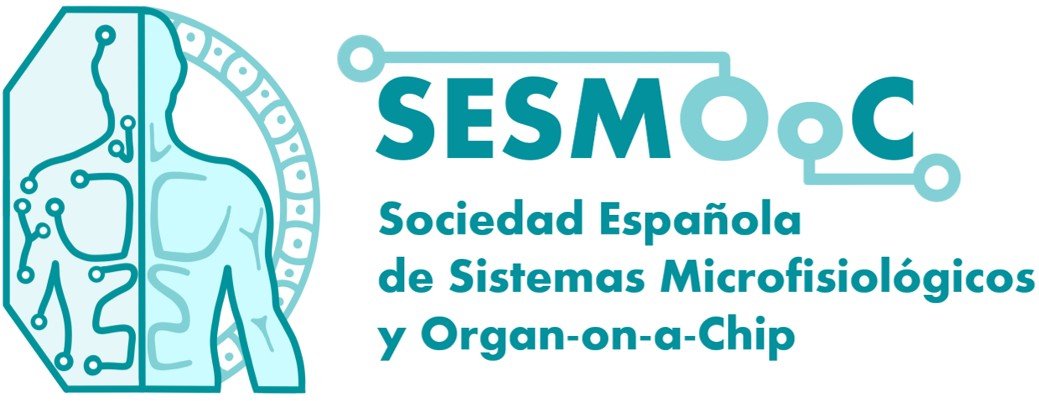1st SESMOOC Conference
24-25 November 2025, Zaragoza
Spanish Society for Microphysiological Systems and Organ-on-Chip

Venue & Accommodation
Travel to Zaragoza
🚌 How to Get to Zaragoza (Transport Information)
Zaragoza is a well-connected city, easily accessible by train, car, bus, and plane from many parts of Spain and Europe.
🚄 By Train (Renfe)
If you’re travelling from other cities in Spain, the Renfe high-speed train (AVE) is the fastest and most comfortable option. Zaragoza is connected with Madrid, Barcelona, Valencia, and many other major cities.
✅ Special Discount with Renfe – 15% Off
Event attendees can benefit from a 15% discount on Renfe train tickets, valid for any public fare (Básico, Elige, Elige Confort, or Prémium), always guaranteeing the best available price.
To receive your personalized discount authorization, please contact us by email at:
📩 contact@sesmmooc.com
✈ By Plane
Zaragoza has its own airport (ZAZ) with regular domestic and some international flights.
Once you arrive, a shuttle bus connects the airport with the city center in about 25–30 minutes.
For updated schedules and prices, visit:
https://www.consorciozaragoza.es
🚗 By Car
Zaragoza is accessible by several major highways:
-
From Madrid: A-2 (approx. 3 hours)
-
From Barcelona: AP-2/A-2 (approx. 3 hours)
-
From Valencia: A-23 (approx. 3h 30min)
There are various parking areas in and around the city center and the event venue.
🚌 By Bus
National and international buses arrive at Zaragoza Delicias Station, located just a few minutes from downtown Zaragoza.
Check schedules and routes at: www.alsa.es
🚋 Getting Around the City
Zaragoza has an excellent public transport system including:
-
A modern tram line (Tranvía de Zaragoza) connecting key points of the city.
-
An extensive network of urban buses that cover all neighborhoods and areas of interest.
Tickets can be purchased at vending machines or directly on the bus. For maps, schedules, and fares, visit:
https://www.avanzagrupo.com
About Zaragoza
Aragón is one of the 17 autonomous communities in Spain, coextensive with the medieval Kingdom of Aragon. Located in northeastern Spain, it comprises three provinces: Huesca, Zaragoza, and Teruel. Aragón encompasses an immense diversity, from the permanent glaciers and verdant valleys, rich pasture lands and orchards of the Pyrenees, in the frontier with our neighbor France, to the arid steppe plains of the central Zaragoza where only the Ebro’s valley, the river with the largest flow in Spain breaks this desertic landscape.
Despite its low population density, Aragón is a rich region, with a balanced economy, with transport and industry being the most important traction sectors, although snow tourism and agriculture and cattle raising are also relevant. Zaragoza, the Aragón’s capital, is the fifth biggest city in Spain. Its strategic location just at the center of the rich northeastern quadrant of Spain formed by Madrid, Valencia, Barcelona and Bilbao, all at about 300km from Zaragoza, makes it a natural logistics center.
Aragón has a rich geopolitical and cultural history from its pre-Roman, Celtic and Roman days, four centuries of Islamic rule as the northern border of Al-Andalus or the next Islamic kingdom of Saraqusta to the Christian Kingdom of Aragon that, together with Castile and Navarre, conformed the state of Spain in the late years of the XVth century. Today, Zaragoza is a lively city, the safest big city in Spain with a rich and diverse cultural offer and universal monuments as the Basilica del Pilar and the older cathedral of “La Seo” or the Aljaferia palace the best conserved Muslim castle in northern Spain, not to mentioned the Goya’s paintings or the Pablo Gargallo’s sculptures.
















